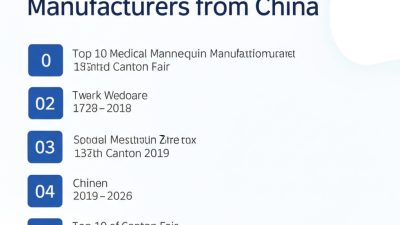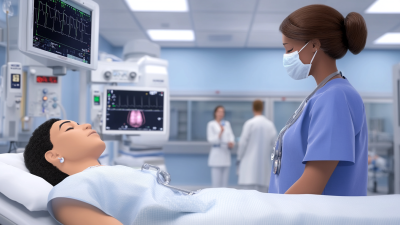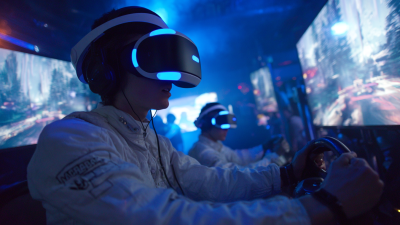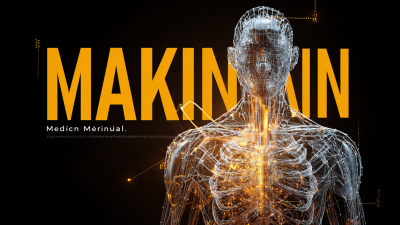In the rapidly evolving landscape of medical training, the importance of effective educational methodologies cannot be overstated. Recent studies indicate that approximately 80% of healthcare professionals have reported feeling unprepared for clinical situations, underscoring the need for innovative training solutions. One promising avenue is the implementation of advanced Patient Simulation Scenarios, which allow trainees to engage in realistic, high-stakes environments without risking patient safety. According to a report by the Society for Simulation in Healthcare, healthcare simulation can improve clinical skills and confidence by up to 60%. These innovative scenarios not only enhance technical proficiency but also foster essential soft skills such as communication and decision-making under pressure. As we explore the integration of digital technologies and creative approaches in patient simulation, the potential for redefining medical education and improving outcomes in patient care becomes increasingly evident.
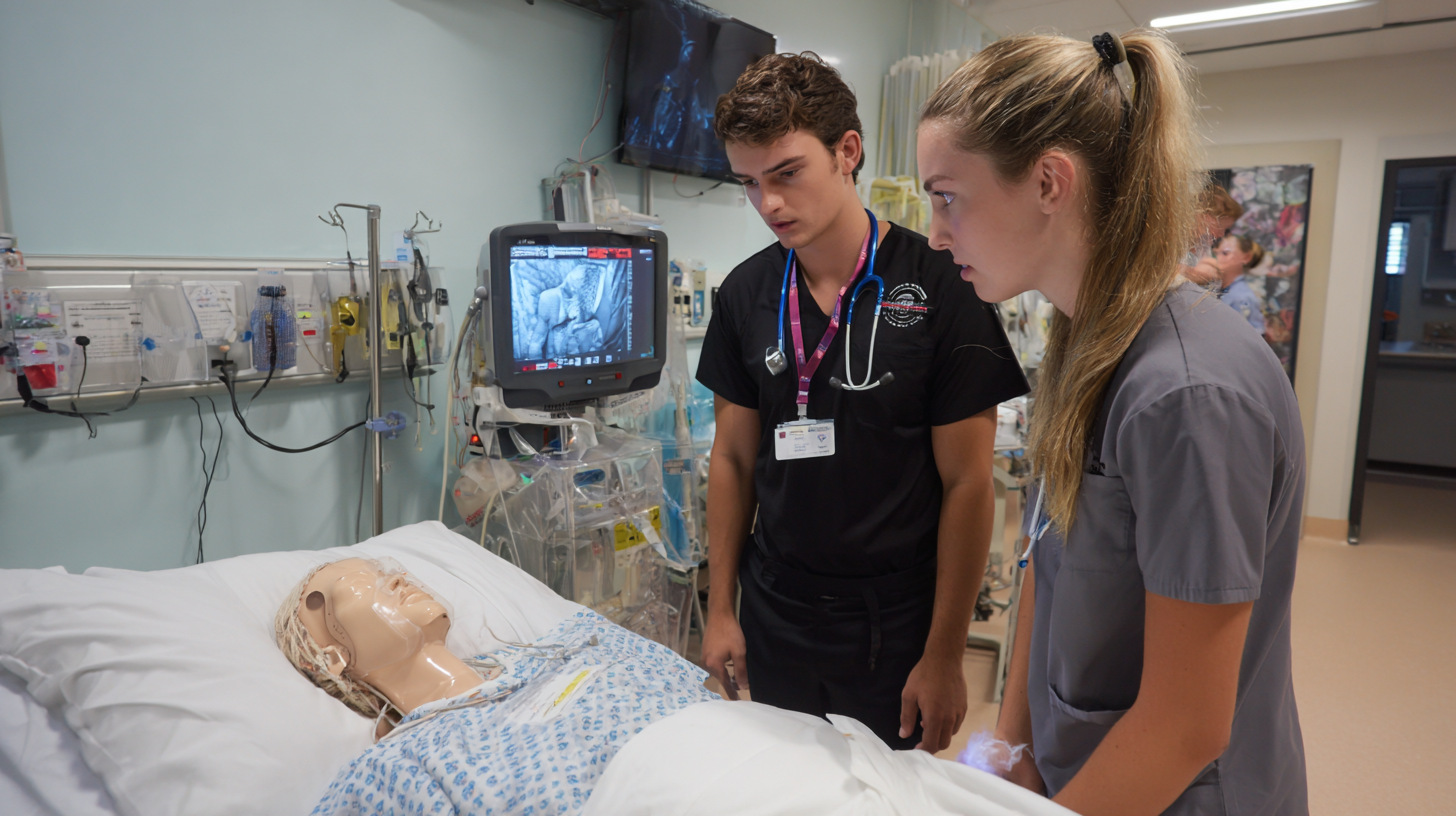
In the realm of medical education, the incorporation of realistic patient simulation scenarios is vital for enhancing the training of healthcare professionals. According to a 2021 report by the Accreditation Council for Graduate Medical Education (ACGME), 90% of residency programs that utilized simulation-based learning observed improved clinical skills and increased confidence among their trainees. By designing comprehensive and lifelike patient scenarios, educators can create an immersive learning environment that closely mirrors real-world clinical challenges.
One effective approach to crafting these scenarios is to integrate current health data and patient demographics reflective of the communities served. For instance, the use of case studies that include prevalent conditions such as diabetes or hypertension can enhance the relevance of the training experience. Furthermore, a report from the National Center for Biotechnology Information (NCBI) found that involving interprofessional teams in simulation exercises leads to better teamwork and communication skills—key components in delivering high-quality patient care.
Tips: When developing simulations, ensure they include diverse patient backgrounds and conditions to foster empathy and cultural competence. Additionally, consider incorporating feedback mechanisms, allowing trainees to reflect on their performance and identify areas for improvement, ultimately enriching their learning journey.
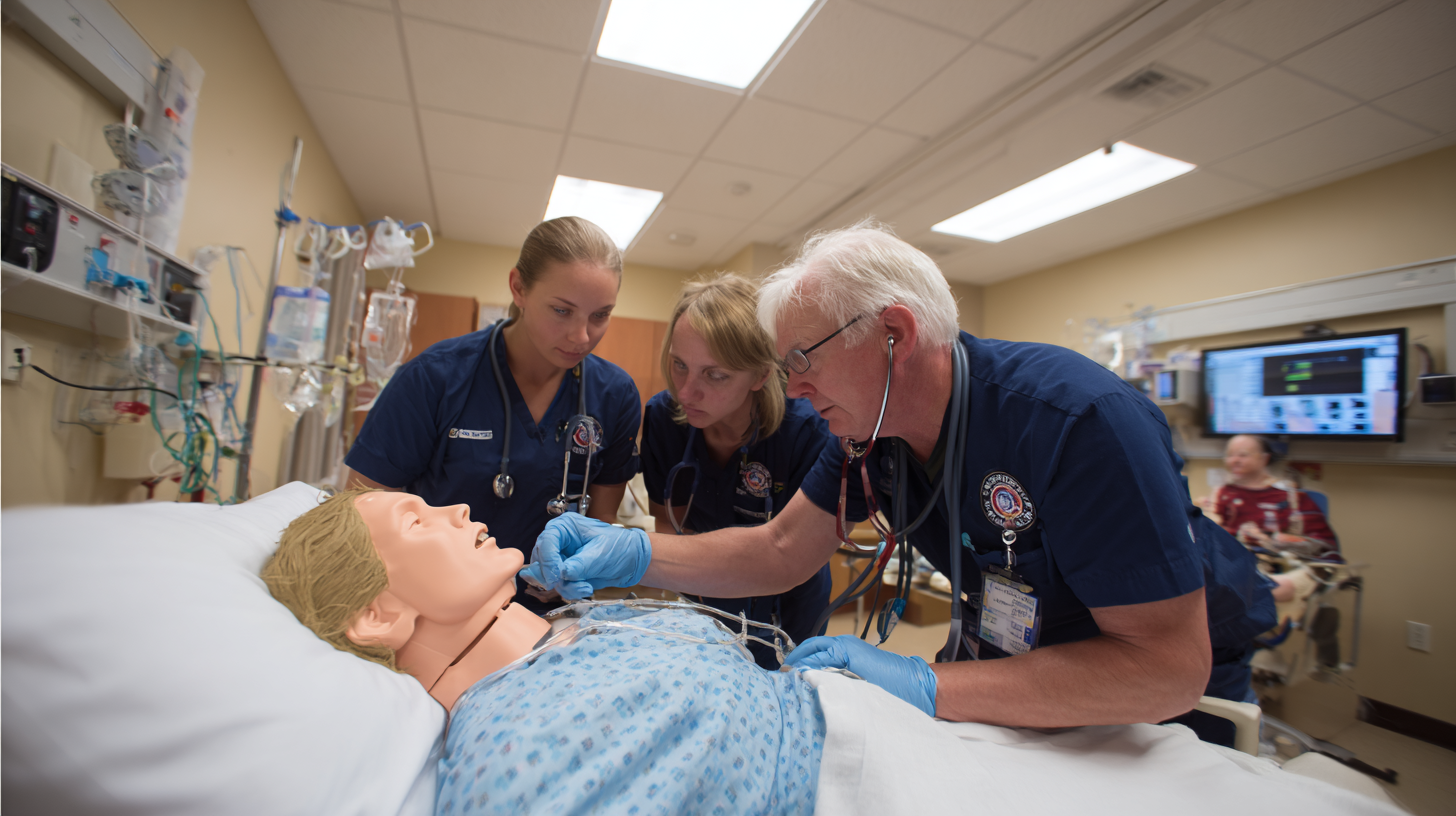
Incorporating technology into patient simulation is transforming medical training by providing realistic, immersive experiences that enhance learning outcomes. With advancements in virtual reality (VR), augmented reality (AR), and artificial intelligence (AI), medical students and professionals can engage in lifelike scenarios that mimic real-world clinical settings. These technologies enable learners to practice diagnostic and procedural skills in a safe environment, allowing for trial and error without jeopardizing patient safety. For instance, VR simulations can recreate complex surgeries or critical care situations, immersing trainees in a hands-on experience that traditional classrooms cannot offer.
Furthermore, the integration of advanced data analytics in simulation scenarios allows for personalized feedback and performance assessments. As learners interact with virtual patients, AI algorithms can analyze their decision-making processes and provide insights into their strengths and areas for improvement. This real-time evaluation fosters a deeper understanding of medical concepts and encourages critical thinking. The blend of technological innovations not only enhances the depth of medical training but also prepares future healthcare professionals to adapt to the rapidly evolving landscape of patient care.
This bar chart illustrates the effectiveness of various innovative patient simulation scenarios used in medical training. The data reflects the improvement in learner outcomes measured through assessments before and after training implementations.
Innovative patient simulation scenarios play a pivotal role in enhancing medical training by providing a safe and controlled environment for learners to practice critical skills. According to a report by the National Council of State Boards of Nursing, incorporating simulation in nursing education has been shown to improve student competency by up to 30% compared to traditional teaching methods. This statistic underscores the effectiveness of simulation techniques in fostering clinical skills, decision-making, and communication in high-pressure situations.
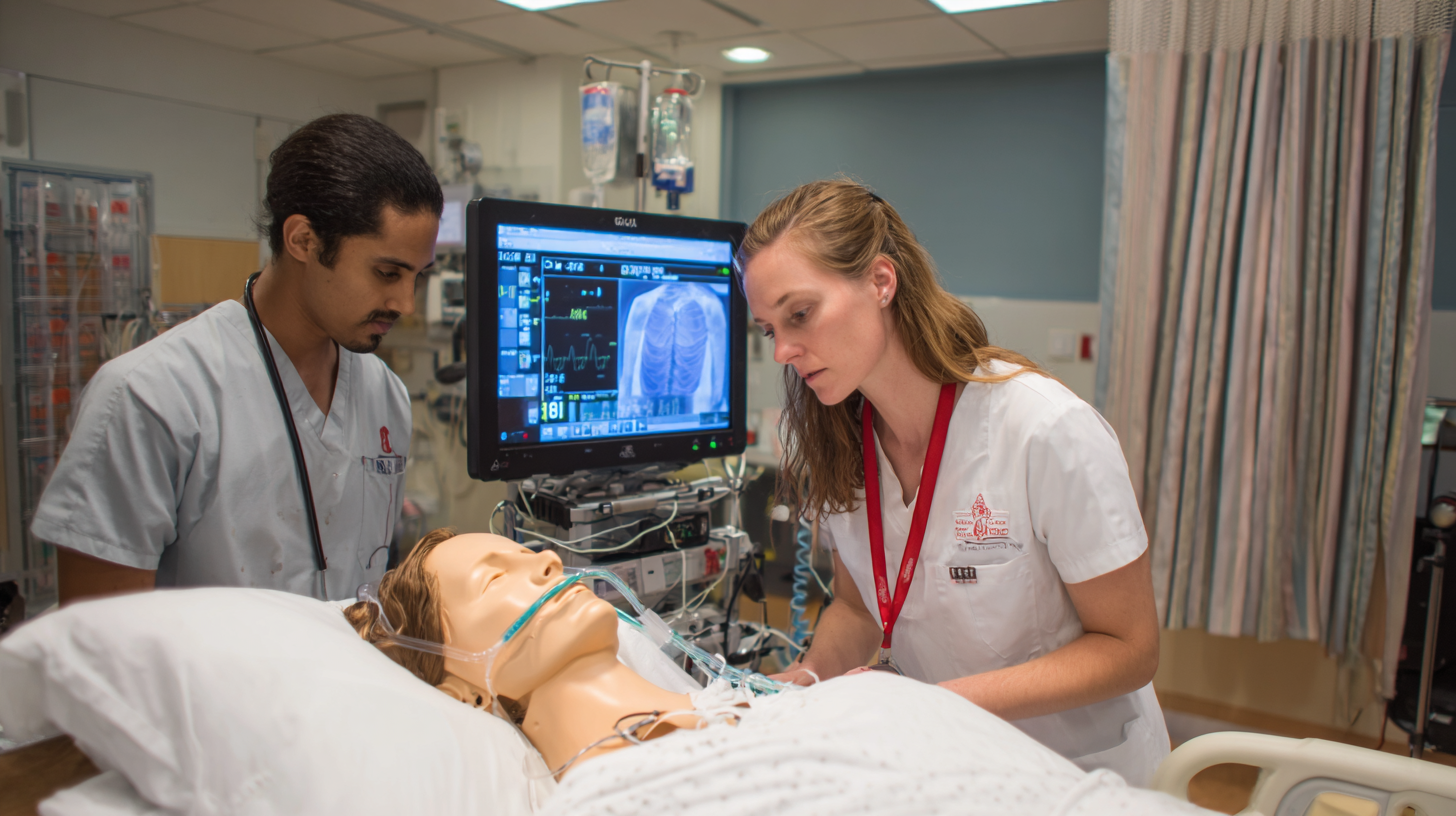
Furthermore, a study published in the Journal of Medical Education highlights that simulation-based training not only enhances technical skills but also improves teamwork and leadership abilities among healthcare professionals. With an increasing focus on interprofessional collaboration in clinical settings, innovative simulation scenarios that involve multiple disciplines can significantly enhance the learning experience. The report found that participants in interprofessional simulations exhibited a 40% increase in collaborative skills, demonstrating the potential for simulations to prepare healthcare teams for real-world challenges more effectively. Such data emphasizes the need for integrating advanced simulation techniques into medical training curricula to cultivate a more proficient and adaptable healthcare workforce.
Interdisciplinary approaches to patient simulation are revolutionizing medical training
by integrating perspectives from various fields such as nursing,
pharmacy, and social work.
By collaborating across disciplines, educators can design more comprehensive simulation
scenarios that reflect the complexities of real-world healthcare settings.
For instance, a simulation involving a patient with chronic illness can incorporate
the roles of multiple healthcare providers, emphasizing communication
and teamwork among disciplines.
This holistic approach not only enhances clinical skills but also
fosters crucial soft skills, including empathy and interpersonal communication.
Moreover, interdisciplinary patient simulations promote critical thinking
and decision-making. Participants encounter scenarios that challenge their
understanding of their role within a team, pushing them to consider how their actions impact
patient outcomes. Such simulations often feature case studies that necessitate input from
different specialties, encouraging a collaborative mindset essential for effective patient care.
As medical environments become increasingly team-oriented, these training methods prepare
future healthcare professionals to navigate complex clinical situations collaboratively and efficiently.
In the evolving landscape of medical education, feedback mechanisms play a pivotal role in enhancing the learning outcomes from patient simulation scenarios. According to a 2022 report by the American Association of Medical Colleges, effective feedback can increase retention rates of critical skills by up to 30% among medical trainees. This statistic highlights the importance of structured feedback during simulation exercises, where immediate corrective insights can bolster clinical competencies.
Moreover, incorporating real-time feedback technologies, such as wearable devices and simulation analytics, has shown to improve learners' self-assessment capabilities significantly. A study published in the Journal of Medical Education indicated that participants who received timely, constructive feedback reported a 40% increase in their confidence levels when performing clinical procedures. By integrating these innovative feedback methods into simulation training, medical educators can not only enhance the experiential learning process but also ensure that future healthcare professionals are better equipped to meet the demands of real-world clinical situations.
| Scenario | Simulation Type | Feedback Mechanism | Learning Outcomes | Participant Satisfaction |
|---|---|---|---|---|
| Cardiac Arrest Management | High-Fidelity Simulation | Peer Review & Debriefing | Improved CPR Techniques | 95% |
| Diabetic Emergency Response | Tabletop Simulation | Immediate Feedback | Faster Decision-Making | 90% |
| Sepsis Management | Mixed-Reality Simulation | Group Reflection | Increased Awareness of Protocols | 92% |
| Trauma Assessment | Virtual Simulation | Scenario-Based Feedback | Enhanced Critical Thinking Skills | 88% |
